Exploring the Mysteries of Continuous Helical Blades
| Product name: | Exploring the Mysteries of Continuous Helical Blades |
| Keywords: | |
| Industry: | Metallurgy and minerals - Mining industry |
| Process: | - |
| Material: |
Processing manufacturer
- There are 56 manufacturers that provide similar products
- There are 179 manufacturers that provide this processing technology
- There are 113 manufacturers that provide this material processing service
- There are 182 manufacturers that provide this industry processing service
Product details
Continuous helical blades, as an important form of helical blades, exhibit unique advantages in material conveying, fluid propulsion, and mixing due to their seamless and smooth helical structure. Their "mystery" lies in their ingenious design, unique manufacturing process, and superior performance, enabling them to efficiently adapt to various working conditions. The following is a comprehensive exploration of continuous helical blades, covering their characteristics, design principles, manufacturing processes, application scenarios, and technical advantages.
1. Definition and Characteristics of Continuous Helical Blades
Continuous helical blades refer to helical blades that extend seamlessly along the axial direction, usually a single helix, with a smooth surface and no seams. Their main characteristics include:
Seamless structure: No welding points or splices, uniform strength, and stable operation.
Smooth surface: Reduces material adhesion and resistance, improving conveying or propulsion efficiency.
High consistency: Precise pitch and diameter, suitable for long-distance, continuous operation.
High efficiency: Streamlined design optimizes material or fluid flow, reducing energy consumption.
Wide applicability: Can be used in various scenarios, from industrial conveyors to ship propellers.
2. The Mystery of Design Principles
The design of continuous helical blades combines geometry, fluid mechanics, and material mechanics, with the core being in the following aspects:
Geometric Parameters
Outer diameter and inner diameter: The outer diameter determines the conveying capacity or thrust, and the inner diameter matches the shaft. Common outer diameters range from tens of millimeters to several meters.
Pitch: Affects material flow or propulsion efficiency, usually 0.5-2 times the outer diameter. Uniform pitch is suitable for stable conveying, and variable pitch can optimize specific working conditions (such as compression or acceleration).
Blade thickness: 2-10mm, thin walls for light loads, thick walls for heavy loads or high wear scenarios.
Helix angle: Optimized through computational fluid dynamics (CFD) to ensure efficient flow or thrust.
Mechanical Properties
Finite element analysis (FEA) is used to verify the strength and deformation of the blade under stress, ensuring torsional and bending resistance.
Dynamic balance needs to be considered in high-speed rotation scenarios to reduce vibration.
Fluid Mechanics Optimization
Blade surface design reduces turbulence or resistance, suitable for fluid propulsion (such as propellers) or high-viscosity materials.
Variable cross-section or variable pitch design can adjust material flow characteristics and prevent clogging.
Design tools typically use CAD software (such as SolidWorks, AutoCAD) for modeling, combined with CFD and FEA for simulation optimization, ensuring performance and durability.
3. The Mystery of Manufacturing Processes
The manufacturing process of continuous helical blades is key to their high performance, with the main method being cold rolling forming. Its process characteristics and technical mysteries are as follows:
Cold Rolling Forming
Principle: Continuously stretching and bending steel strips into a helical shape through special cold rolling equipment.
Process
Steel strip is cut to the required width (according to the blades outer diameter and pitch).
Fed into a cold rolling mill, gradually formed into a continuous helix through multiple sets of molds.
Cut to the specified length, straightened to ensure consistent pitch and diameter.
Mystery
High-precision molds: Mold design needs to precisely control the pitch and curvature to ensure seamless forming.
Material ductility: Materials with good ductility (such as Q235, 304 stainless steel) need to be selected to avoid tensile fracture.
Automated control: Modern cold rolling equipment uses numerical control systems to precisely control forming parameters.
Advantages
Smooth surface, high dimensional accuracy (pitch deviation <±1mm).
High production efficiency, suitable for mass production.
No welds, uniform strength, and strong durability.
Limitations
High equipment investment, suitable for single-specification production.
Not suitable for thick-walled (>6mm) or complex cross-section blades.
Other Process Supplements
Hot rolling forming is suitable for thick-walled or large-diameter blades, but the surface is rough and requires subsequent polishing.
CNC machining is used for high-precision or small-batch production, but the cost is higher.
3D printing is suitable for complex shape prototype development, but the cost is high and limited to small-sized blades.
Technical Mystery: The core of the cold rolling process lies in mold design and material flow control, ensuring blade geometric consistency and surface quality through precise mechanical calculations and automated equipment.
4. The Mystery of Application Scenarios
The seamless structure and high efficiency of continuous helical blades make them widely used in the following scenarios:
Material Conveying
Screw conveyors are used for long-distance conveying of powders and granular materials (such as grains, cement, and fertilizers).
Features: Continuous blades ensure uniform material flow and reduce clogging.
Examples: Grain conveying in agriculture, powder material transfer in cement plants.
Fluid Propulsion
Ship propellers propel ships forward, requiring high precision and dynamic balance.
Features: Seamless design reduces turbulence and improves propulsion efficiency.
Examples: Propulsion systems for merchant ships and yachts.
Mixing
Chemical/food mixing equipment mixes liquids or powders (such as paints and flour).
Features: Smooth surface prevents material adhesion, suitable for scenarios with high hygiene requirements.
Examples: Pharmaceutical reaction kettles, food processing mixers.
Energy and Environmental Protection
Biomass conveying: Conveys fuels such as wood chips and straw.
Features: Continuous blades are suitable for large-flow, stable conveying.
Examples: Fuel conveying systems for biomass power plants.
Special Applications
Aircraft propellers: Used for drones or light aircraft.
Features: Lightweight materials (such as aluminum alloy) and high-precision manufacturing.
Examples: Experimental aviation equipment.
Similar products
More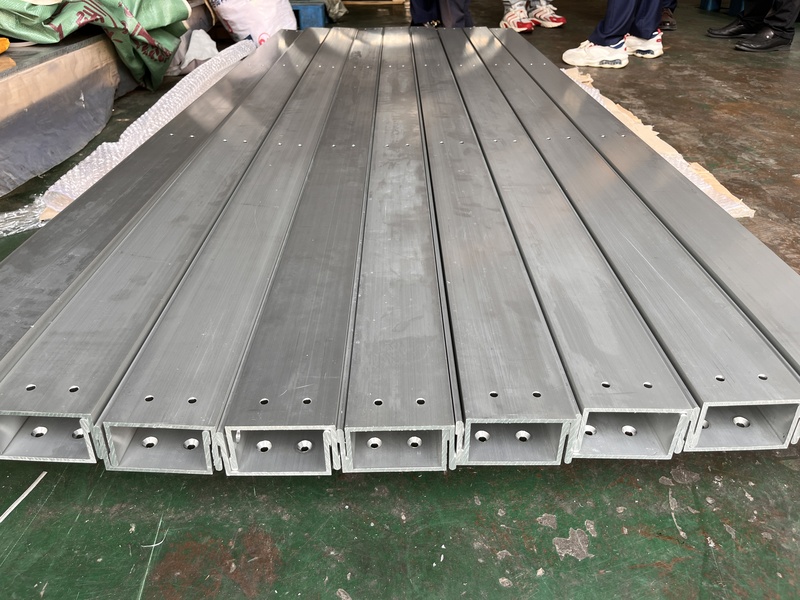
Precision Machining of U-Steel Profiles for Building Applications
- Process : Stamping - General stamping
- Material : Aluminum
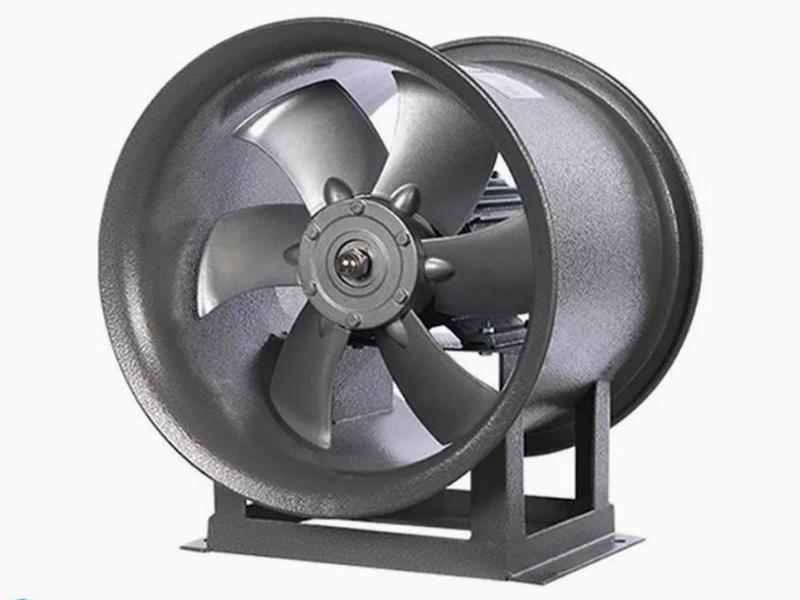
What are the machining processes used for processing axial fan housings
- Process : Sheet metal - Welding
- Material : Carbon steel
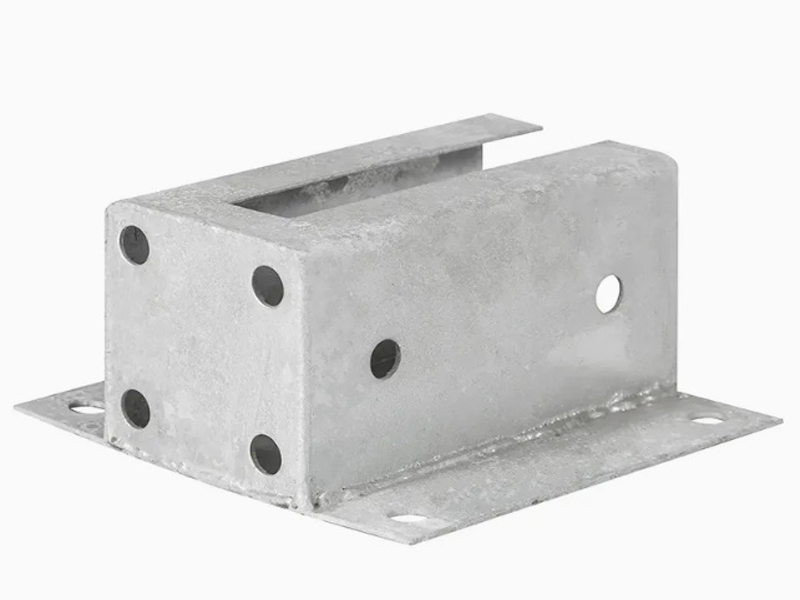
Machining Process Analysis of Carbon Steel Fixed Anchor Plates
- Process : Machining - CNC milling or milling machining
- Material : Carbon steel
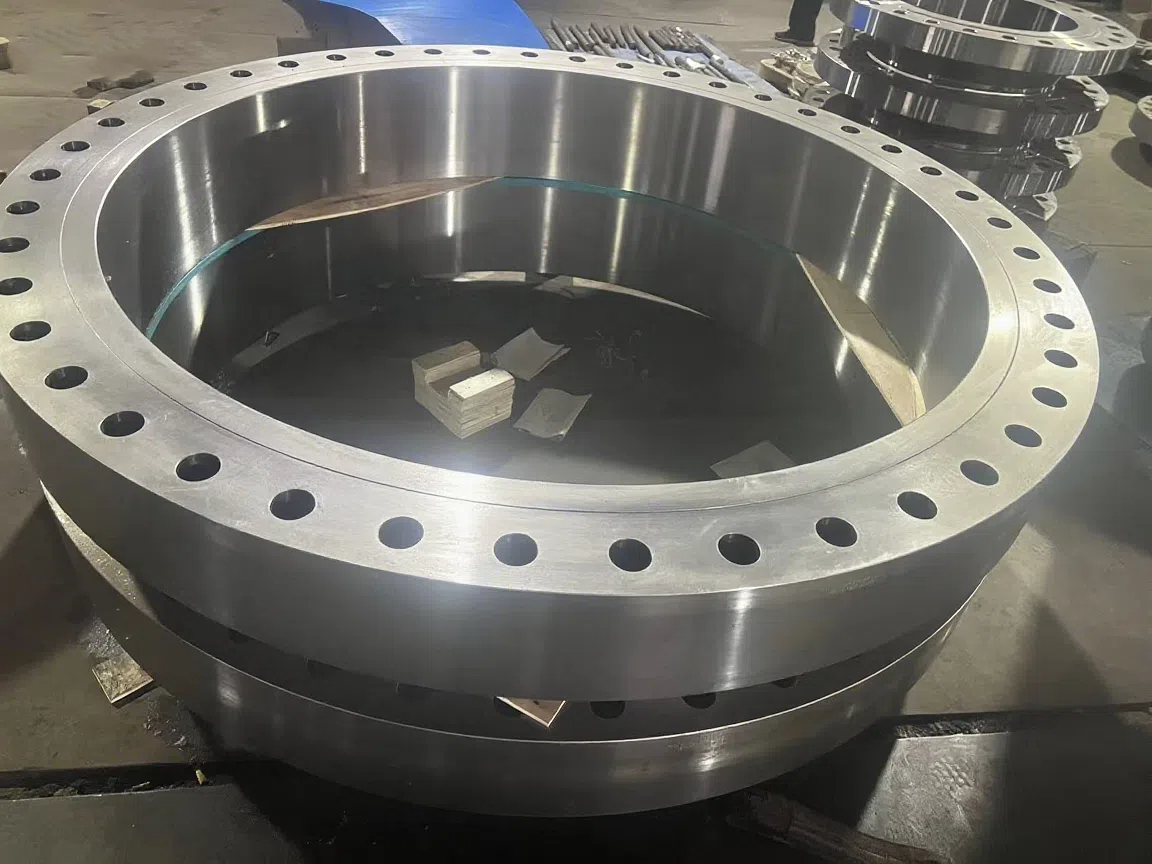
Heavy-Walled Flange Milling-Turning Machining and Flaw Detection
- Process : Machining - Turning Milling compound
- Material : Alloy steel
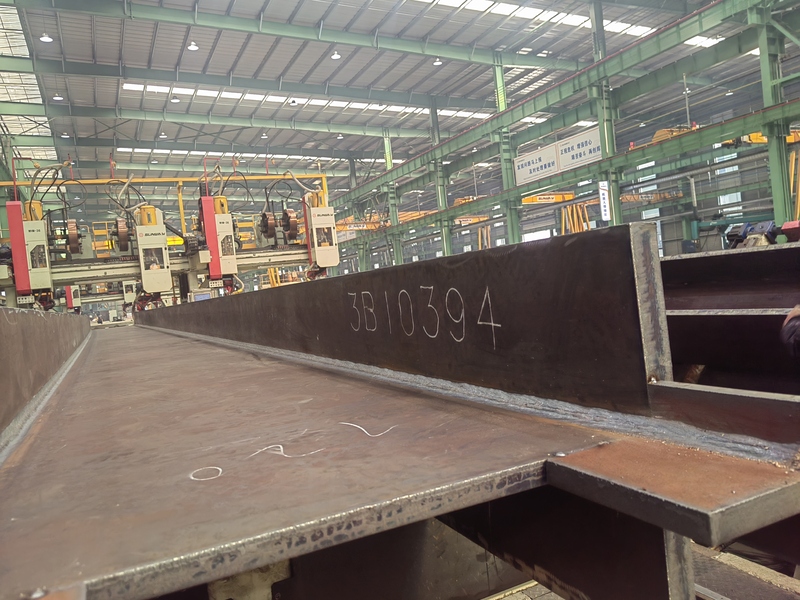
Custom Fabrication of S355JR Welded H-Beams for Construction Projects
- Process : Sheet metal - Welding
- Material : Carbon steel
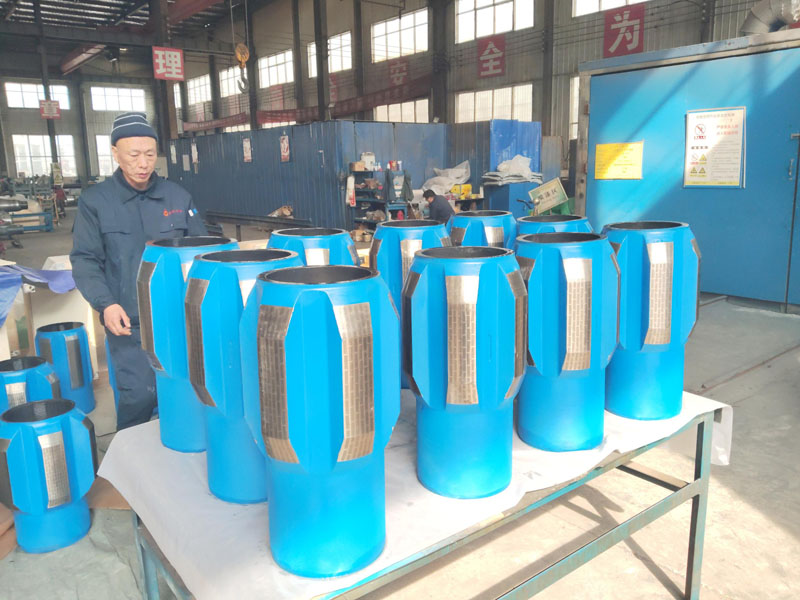
Drill Stabilizers Applied in Oil Drilling Platforms
- Process : Machining - Five-axis machining
- Material : Alloy steel
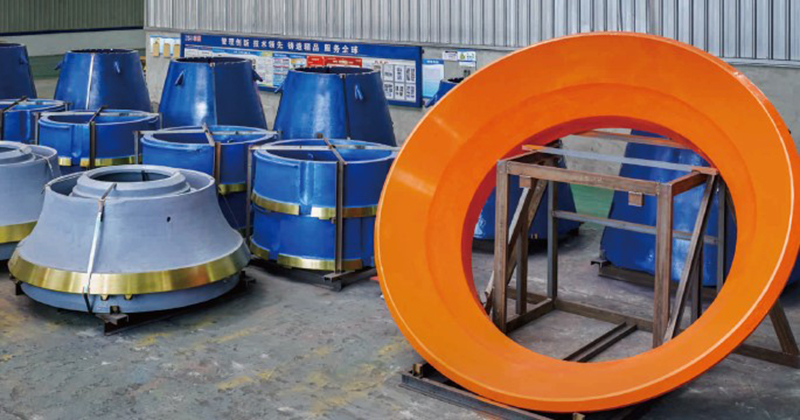
Cone Crusher Mantle
- Process : -
- Material :
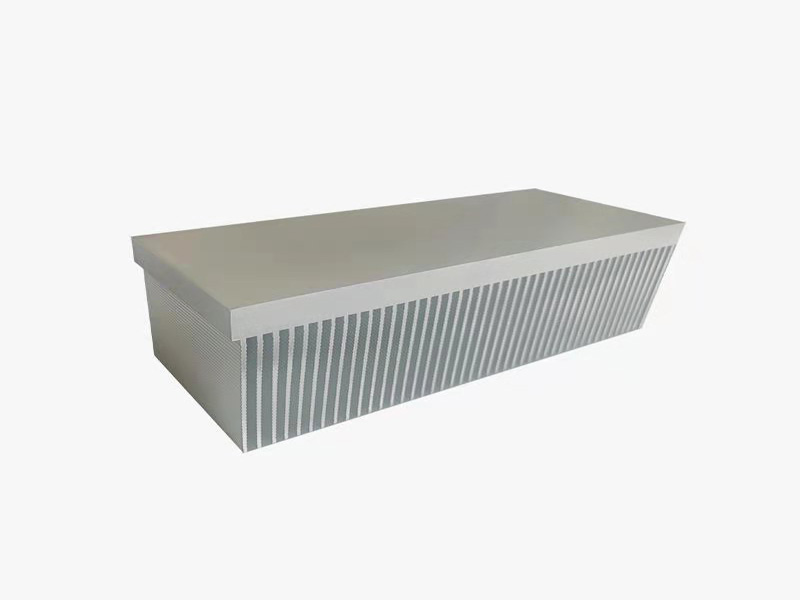
Innovative skiving technology: Breaking through the bottleneck of high-density heat dissipation technology
- Process : Surface treatment - Others
- Material : Alloy steel
More products
More
Precision Machining of U-Steel Profiles for Building Applications
- Process : Stamping - General stamping
- Material : Aluminum

What are the machining processes used for processing axial fan housings
- Process : Sheet metal - Welding
- Material : Carbon steel

Machining Process Analysis of Carbon Steel Fixed Anchor Plates
- Process : Machining - CNC milling or milling machining
- Material : Carbon steel

Heavy-Walled Flange Milling-Turning Machining and Flaw Detection
- Process : Machining - Turning Milling compound
- Material : Alloy steel

Custom Fabrication of S355JR Welded H-Beams for Construction Projects
- Process : Sheet metal - Welding
- Material : Carbon steel

Drill Stabilizers Applied in Oil Drilling Platforms
- Process : Machining - Five-axis machining
- Material : Alloy steel

Cone Crusher Mantle
- Process : -
- Material :

Innovative skiving technology: Breaking through the bottleneck of high-density heat dissipation technology
- Process : Surface treatment - Others
- Material : Alloy steel